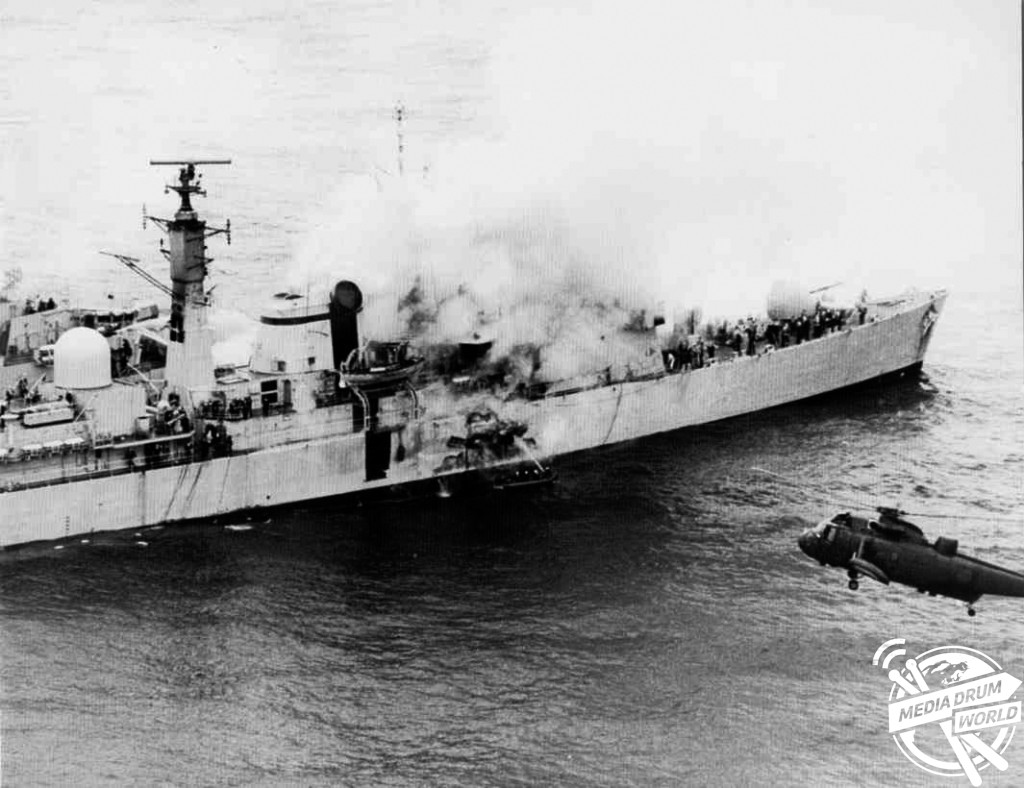Exocet Falklands
By Mark McConville
THE FULL STORY of the farcical SAS attempt to invade Argentina and destroy the Exocet missiles have been retold by those on both sides of the Falklands War.
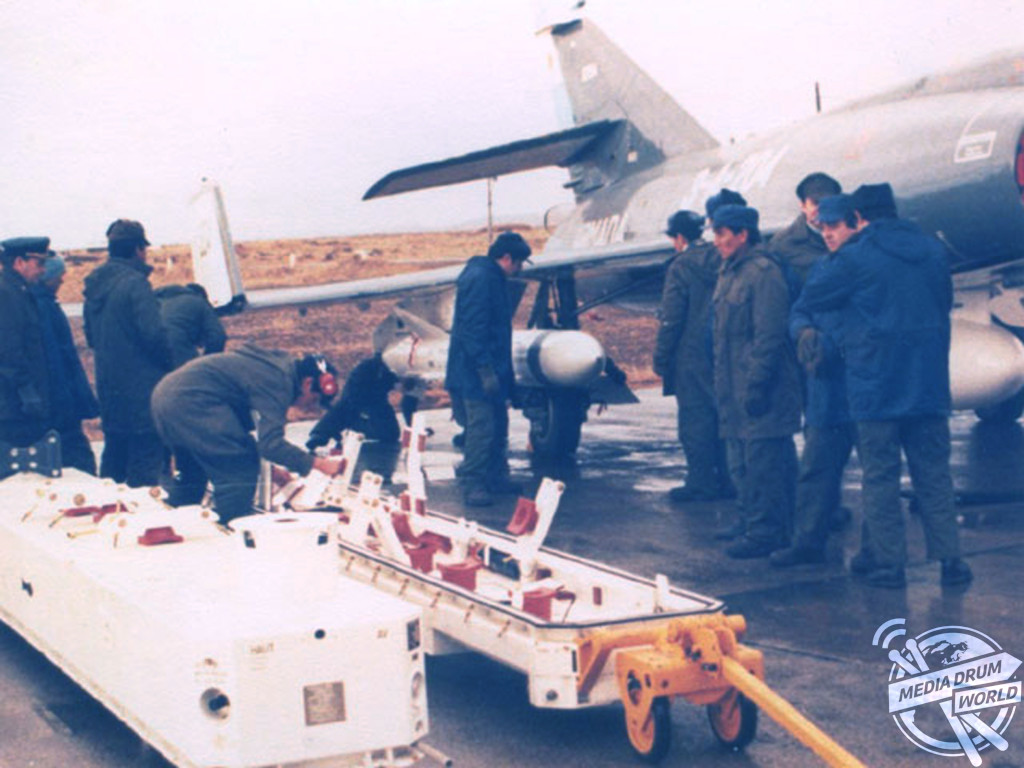
Pictures show the British soldiers who were operating under poor intelligence as they attempted to destroy the missiles before Argentina could use them to do further damage after destroying HMS Sheffield.
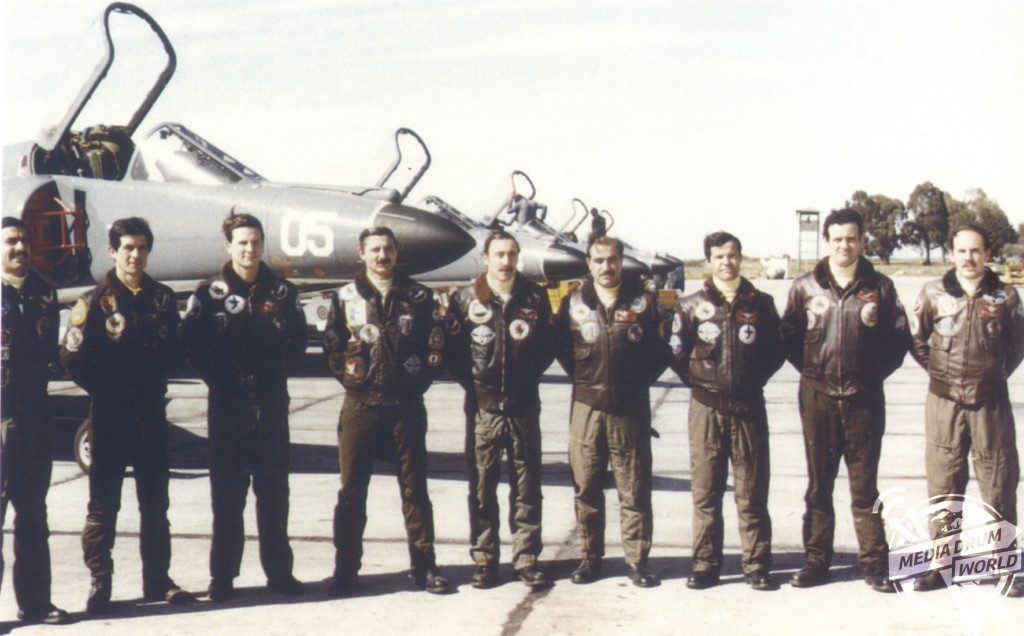
Ewen Southby-Tailyour / mediadrumworld.com
Other images show the Argentine crew and Capitan de Corbeta Curilovic who were responsible for attacking the HMS Invincible.
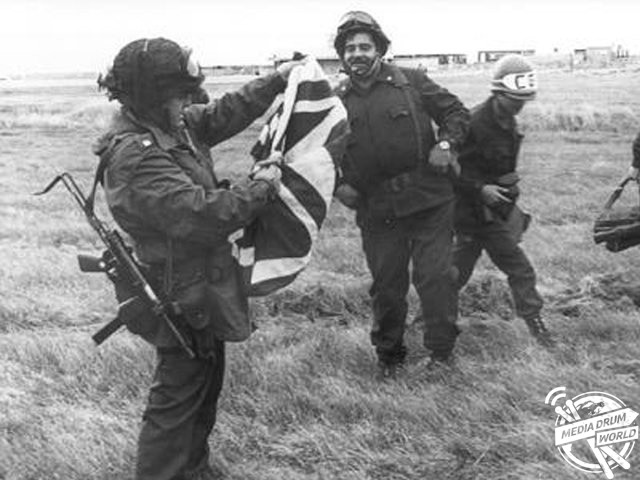
Ewen Southby-Tailyour / mediadrumworld.com
Argentine Miguel Pita is also pictured at Stanley airport folding up a Union flag as Argentina initially took the Falklands.
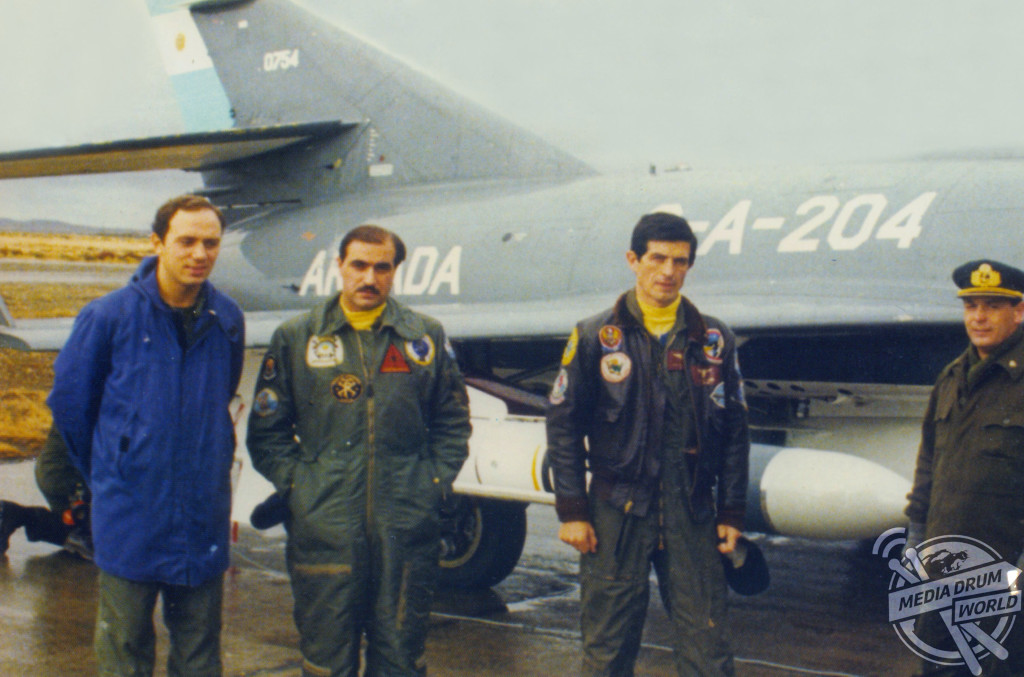
Ewen Southby-Tailyour / mediadrumworld.com
The pictures from both sides of the conflict are featured in a new book detailing the disastrous SAS attempt to remove Argentina’s main weapon from the war. The book, Exocet Falklands, is written by Ewen Southby-Tailyour and published by Pen and Sword.
“This is the story of the French AM 39 Exocet: an air-launched, sea-skimming, anti-ship missile deployed by Argentina against the British during the Falklands campaign in 1982,” he said.
“This missile was a clear danger to the Task Force aircraft carriers, the loss of just one of which would have seriously prejudiced the outcome.
“It is also a narrative of three British Special Forces operations designed to destroy those missiles on the Argentine mainland before they could be launched by the Super Etendard fighter-bombers that carried them.”
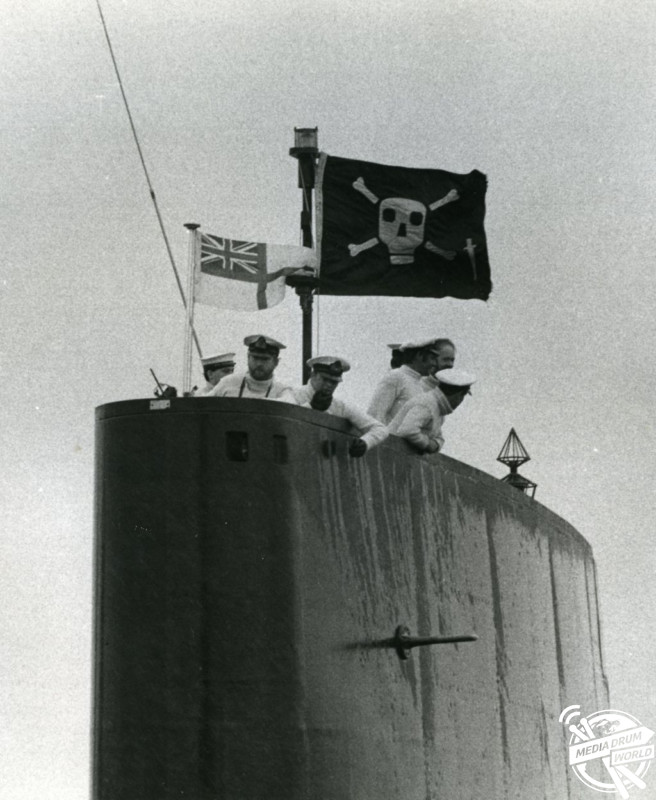
Ewen Southby-Tailyour / mediadrumworld.com
Operation Plum Duff was a reconnaissance mission against the Argentine Navy’s Rio Grande air base although direct action could be taken if the opportunity arose. Operation Mikado was also against Rio Grande and depended on Plum Duff’s intelligence.
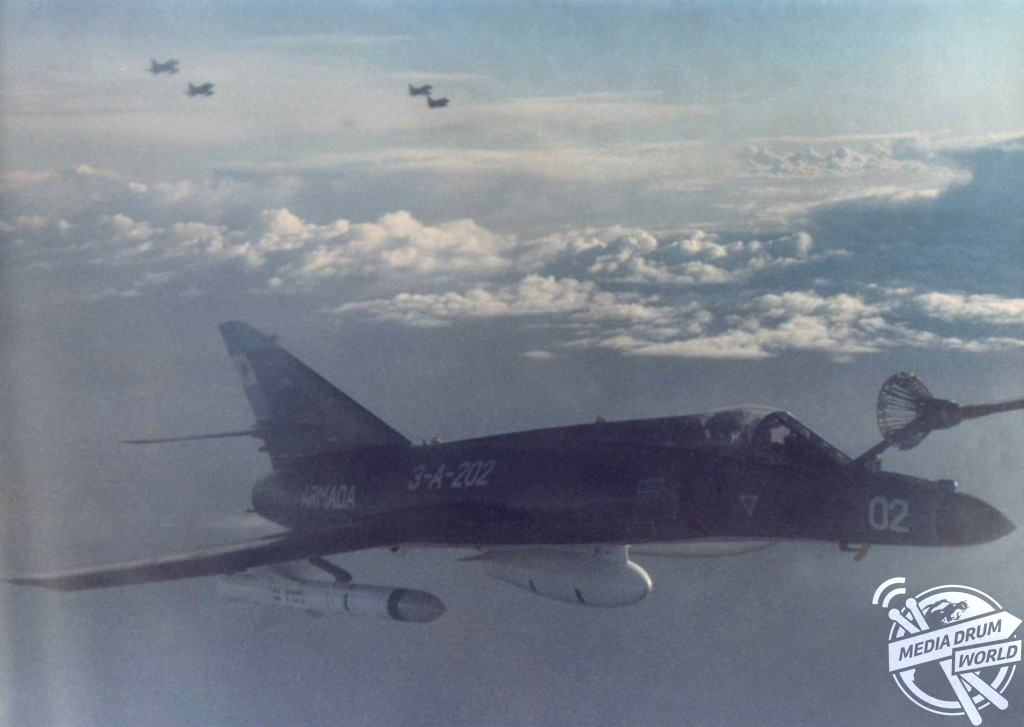
Ewen Southby-Tailyour / mediadrumworld.com
There was also a submarine-launched Special Boat Squadron’s Operation Kettledrum against the northern naval air base at Puerto Deseado.
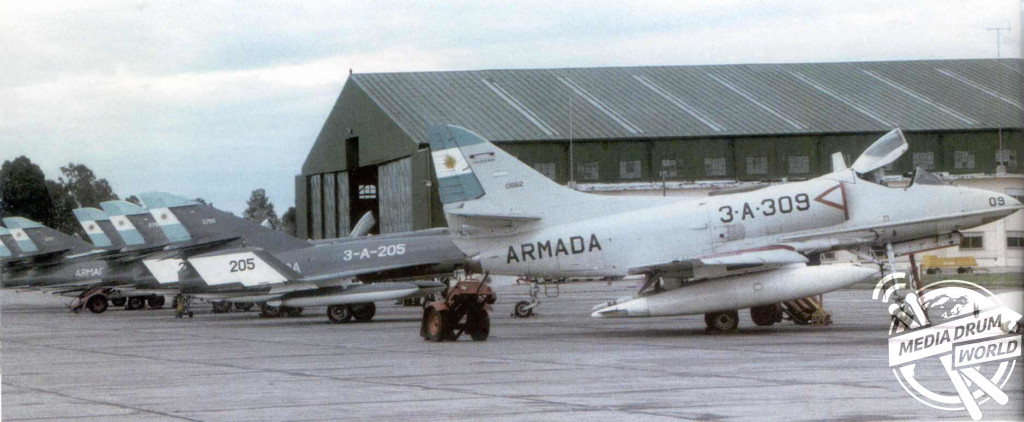
Ewen Southby-Tailyour / mediadrumworld.com
“This is the account of three mainland assaults that might have changed the nature of the Falklands conflict militarily and diplomatically,” said Mr Southby-Tailyour.
“The political aftermath of such attacks on the South American continent would, too, have had international consequences.
“The SAS, and to a lesser extent the SBS, would have struggled to recover from the large loss of life they would inevitably have suffered, while the RAF and thus the dependent Royal Navy would have certainly lost the use of the only two heavy-lift, long-range aircraft capable of supplying the Task Force deep in the South Atlantic ocean.”

